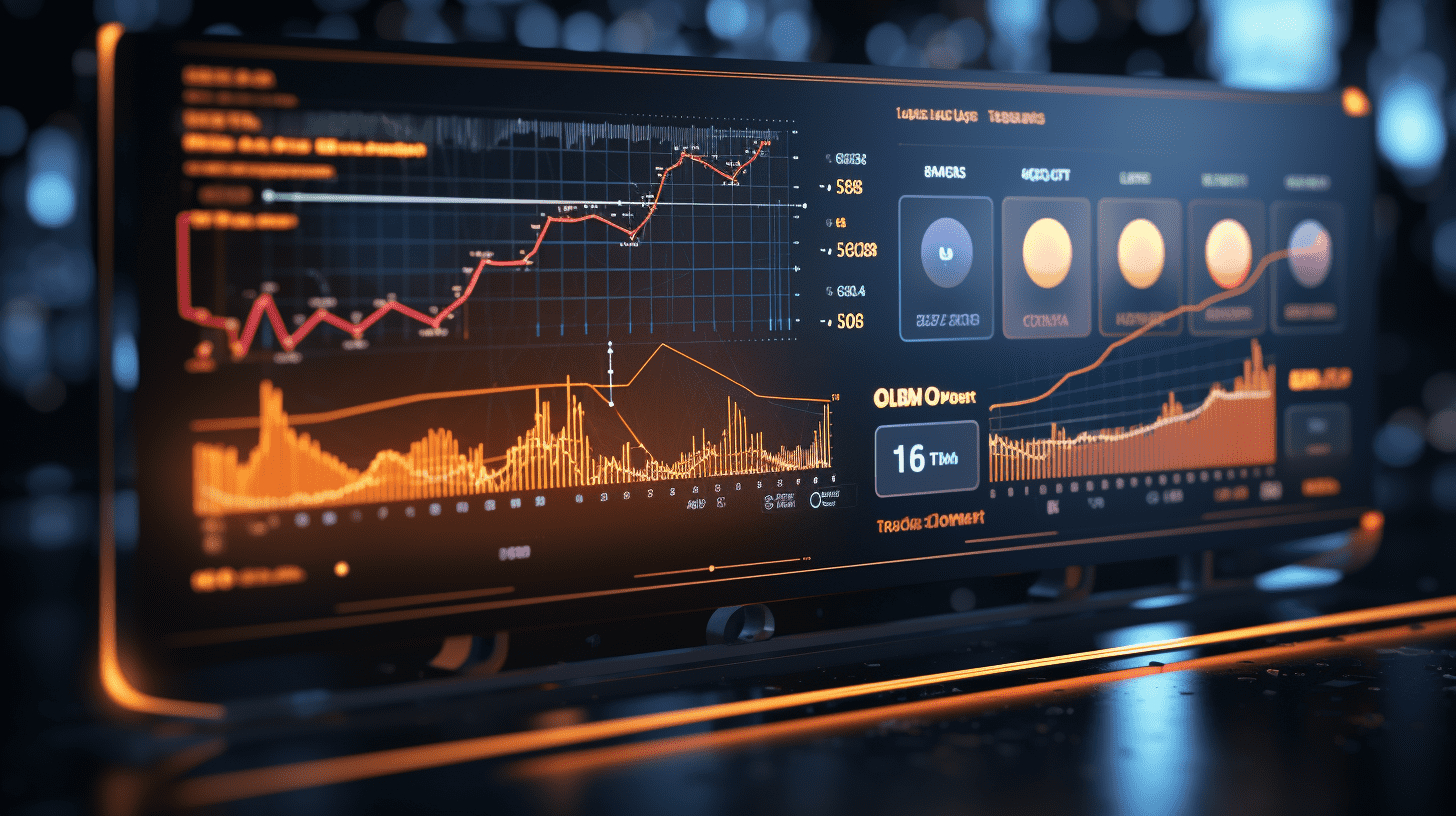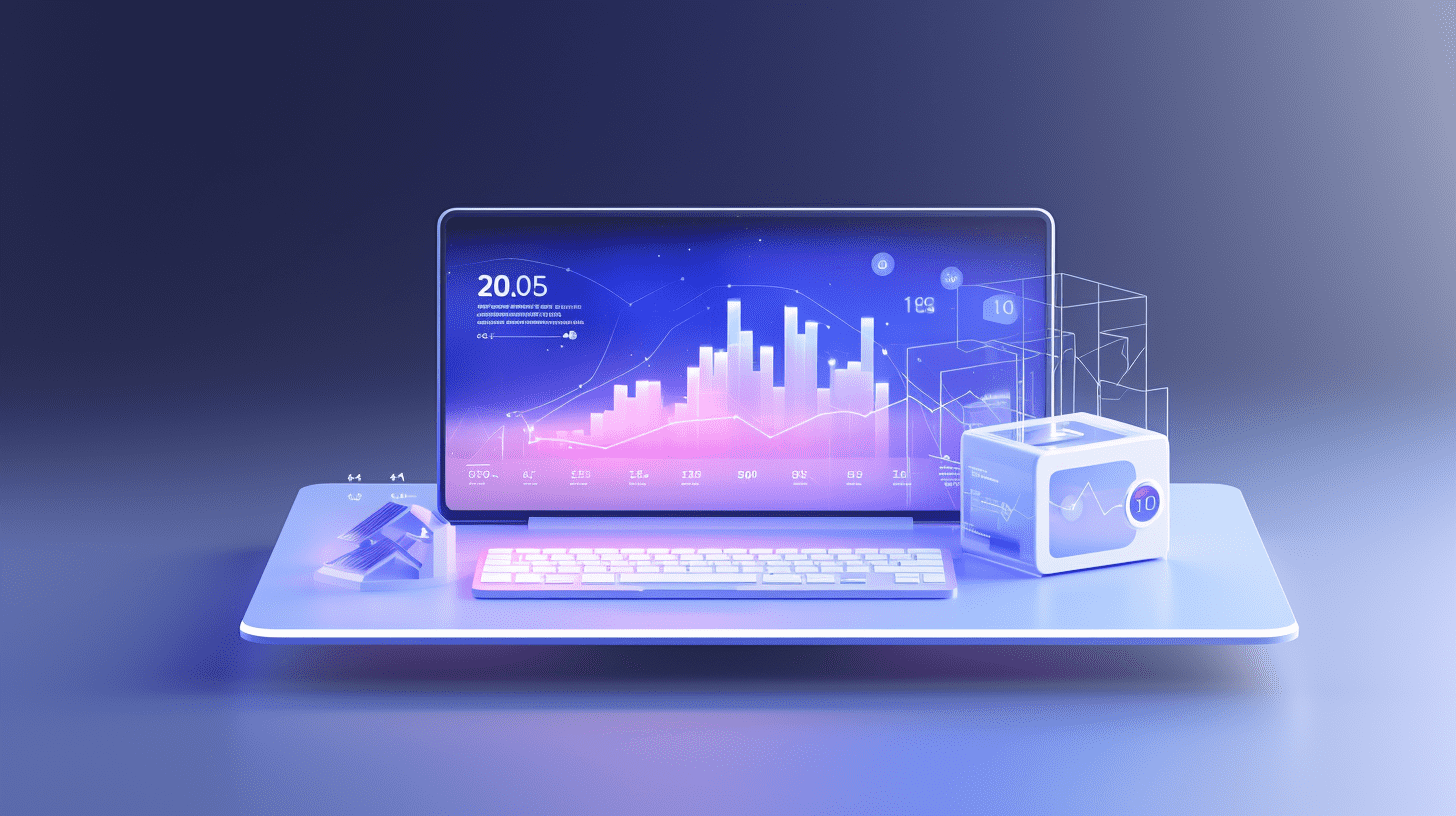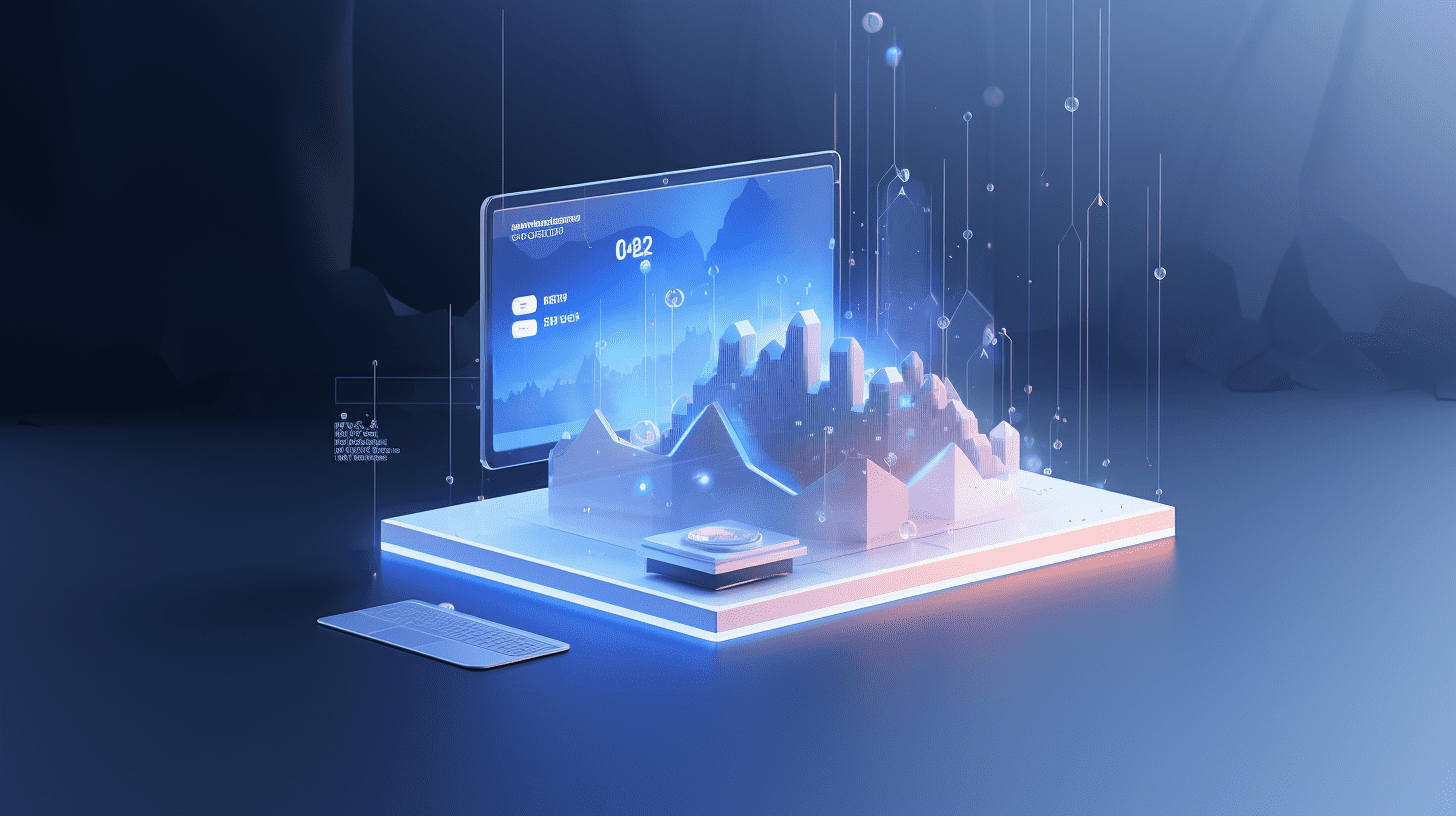Cross-domain shows positive momentum! Morgan Stanley IT hardware industry data tracking: Apple Inc. (AAPL.US) App Store growth exceeds expectations, cloud capital expenditures rebound strongly.
Morgan Stanley's latest monthly IT hardware industry tracking report shows that the technology hardware sector is performing well, but risks are appearing in some specific sub-sectors.
Morgan Stanley's latest monthly data tracking report on the IT hardware industry shows that Apple Inc.'s (AAPL.US) App Store net revenue continues to exceed expectations, with a year-on-year growth of 12.2% and no significant impact from external link risks. At the same time, the delivery time of the iPhone 16 series has significantly shortened, notebook ODM production volume has been increased, and cloud capital expenditure has shown strong growth. However, IBM consulting job postings have seen a significant decline, indicating weak demand. Overall, the performance of the technology hardware sector is solid, but risks have emerged in some sub-sectors.
App Store revenue growth remains strong, unaffected by external link risks
The report indicates that as of August 17, the App Store's net revenue for the month increased by 11.1% year-on-year, a decrease of 170 basis points from July, but a year-to-date growth of 12.2%, still higher than Morgan Stanley's expectation of 12.0% for the September quarter by 20 basis points, which translates to an upward space of 10 basis points in service growth expectations (approximately $20 million).
Looking at the main markets, the net revenue growth of the App Store in the United States, China, and Japan has all slowed compared to July, with the US growing by 10.5% year-on-year in the month (compared to 12.4% in July), China growing by 5.6% year-on-year in the month (compared to 6.0% in July), and Japan growing by 0.5% year-on-year in the month (compared to 0.3% in July). Net revenue growth of the App Store in other regions globally increased by 21.0% year-on-year, slightly lower than the 21.4% in June.
In terms of categories, game net revenue in August increased by 2.6% year-on-year, a significant decrease of 560 basis points from July's 8.2%; non-game App Store revenue in August increased by 19.7% year-on-year, a decrease of 280 basis points from July's 22.5%, mainly driven by productivity, photo and video, and entertainment applications categories. It is worth noting that despite the external link risks brought about by Apple Inc.'s loss in the Epic lawsuit, the growth of US App Store revenue basically follows the monthly trend, with net revenue per download increasing by 8% year-on-year, indicating that Apple Inc.'s monetization ability in the US App Store has not been significantly affected.
Notebook production expectations raised but may face pressure in the fourth quarter
Notebook Original Design Manufacturer (ODM) production volume forecast has been raised, with an expected third-quarter production of 33.6 million units, an increase of 1% compared to the previous period, exceeding the bank's previous expectations. This is mainly due to strong production in July (13% higher than expected), which is expected to drive third-quarter notebook shipments to reach 49.6 million units, an increase of 5%. However, Morgan Stanley warns that fourth-quarter shipments may be lower than expected, as ODMs maintain a conservative outlook of low single-digit growth for the full year. The report states, "Production data for August and September will be key indicators, and caution is needed for seasonal softness risk."
IBM consulting job postings plummet while cloud capital expenditure soars
IBM's consulting business job postings show that as of August 18, active job postings had decreased by 26% compared to the end of the second quarter, with a 16% decline in the 90-day rolling average. Morgan Stanley points out that this is a negative signal for the growth of the consulting business in the third quarter, which may indicate downside risks to IBM's consulting revenue expectations for the remaining time in 2025. The bank warns, "If the decrease in job postings continues, it will reflect weak demand, and future data in the coming weeks should be closely monitored."
In contrast, cloud capital expenditure has been impressive, with a forecast of 58% growth to $451 billion in 2025, 2 percentage points higher than half a month ago. Consensus capital expenditure revisions for Amazon.com, Inc. (AMZN.US), Microsoft Corporation (MSFT.US), and Apple Inc. drove the growth, with the weighted average capital expenditure strength of the top 11 cloud service providers expected to be 18.6%, an increase of 5.5 percentage points from 13.1% in 2024. However, for 2026, market consensus predicts cloud capital expenditure to grow by 16% year-on-year, still lower than Morgan Stanley's forecast.
Shorter delivery times for iPhone 16, differing demands in the Chinese market
Delivery time tracking for the iPhone 16 shows that as of August 19, the delivery time for the iPhone 16 Pro Max, iPhone 16 Pro, iPhone 16 Plus, iPhone 16e, and iPhone 16 is 2 days. Comparing with historical data, each model shows different trends in delivery time changes. Additionally, delivery times for the iPhone 16 series internationally are generally longer than in the US.
In the Chinese smartphone market, the total shipment volume in May was 22.5 million units, a year-on-year decline of 21%; iPhone shipments in China decreased by 10% year-on-year in May, while shipments of domestic brands decreased by 24%. In June, according to IDC data, iPhone shipments grew by 6% year-on-year, while shipments of non-Apple Inc. (Android + Huawei) smartphones declined by 24%. It is important to note that there is a continued discrepancy in the statistics of Apple Inc./international suppliers' shipments in China between IDC and CAICT.
Google search intensity data shows that the search intensity for the iPhone 16 is roughly equivalent to that of the iPhone 15, iPhone 14, iPhone 13, and iPhone 12 after 50 weeks of release; while the fourth generation iPhone SE (renamed iPhone 16e) has lower search intensity than the first and second generation iPhone SE after 27 weeks of release.
Other key data
Furthermore, Morgan Stanley's report shows that the delivery time for all models of the Apple Vision Pro is 3 days, with stable demand; the proportion of AI-related positions at Apple Inc. has increased from 10% six years ago to 26%, with deep learning accounting for 60% of AI positions and natural language processing (NLP) accounting for 30%, showing Apple Inc.'s continuous investment in the AI field; consumer electronics net spending willingness is -11%, a decrease of 1 percentage point from the previous month; HDD market shipment volume is expected to decrease by 0.5% in 2025, but with a 14% increase in ASP driving industry revenue growth by 14%.
Related Articles

Johnson & Johnson's blockbuster product has applied for a new indication domestically.

Sinolink: Driven by both policies and markets, the solid-state battery market may see explosive demand in emerging fields.

Ping An Insurance has increased its holdings in China Pacific Insurance (02601) by 3.898 million shares, with an average price per share of approximately HK$36.82.
Johnson & Johnson's blockbuster product has applied for a new indication domestically.

Sinolink: Driven by both policies and markets, the solid-state battery market may see explosive demand in emerging fields.

Ping An Insurance has increased its holdings in China Pacific Insurance (02601) by 3.898 million shares, with an average price per share of approximately HK$36.82.

RECOMMEND

Advertising Revenue Contracts as Baidu Reconfigures Core Search Business amid AI Transition Pains
22/08/2025

United States and European Union Release Joint Statement Confirming Agreement on Trade Deal Framework
22/08/2025

Boeing (BA.US) Nears Landmark Deal to Sell Up to 500 Aircraft to China, Signaling Possible End to Years of Sales Freeze
22/08/2025


